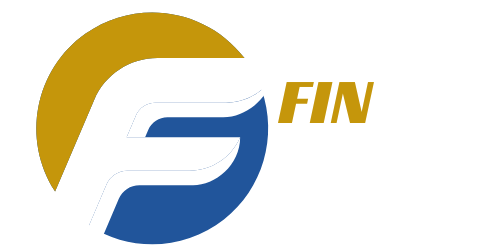How to Choose the Best Software Development Model for Your Project

Introduction
Software development models are structured methodologies for planning, managing, and executing software development and providing instructions. It is necessary to fully understand the project while choosing a good framework.
Always prioritize the client’s engagement, the team’s experience, and their preferred working style. Spiral or Rapid Application Development (RAD) might be more suitable. Matching them with requirements, stakeholder expectations, and staff skills ensures effective progress and results.
Software Development Models and DevOps
Software development models are the techniques applied to organize and control the building. Various approaches, such as Waterfall, Agile, Scrum, etc, differ in their ability to prioritize tasks and react to changes.
The newer practice identified as DevOps focuses on the relationship between formation and operations. It discusses testing and deployment and how they can be completed quickly to improve delivery.
Understanding the Different Types of Software Development Models
An individual must be aware of the several types of SDLC frameworks to choose the appropriate one to use when creating software. Regardless of the template being used, they always have their unique conduits for the advancement method. Scrum allow continuous feedback-based changes.
The Waterfall breaks the process step-by-step, ideal for well-defined project requirements. Others like the Spiral and V designs emphasize risk and testing in each phase. They help the teams in selecting the most suitable structure for the task, ensuring successful delivery.
Analyze the Project Requirements and Complexity in the Software Development Model
Understanding the project’s goals, restrictions, features, and scope is essential to choose the best framework. It also involves consulting with stakeholders and considering the its complexity, including features, and user traffic, to ensure a successful task.
The waterfall approach is better for simple programs, while Agile methods are more suitable for periodic changes and ensuring the appropriate structure is created, enhancing the outcome.
Evaluate Your Team’s Skills and Experience
Selecting the right software development model for your project also depends on the skills and experience of your team. If your staff is proficient with Agile methods you might prefer an Agile or Scrum approach. On the other hand, if they are more used to SDLC’s traditional practice, then the Waterfall template is more effective.
This will help you understand what your group is good at. Additionally, it will help you in choosing a structure that will improve the building process and result in a better end product in the market.
Assess Project Timeline and Budget Constraints
When choosing a good strategy, the project’s time and budget constraints must be taken into account. It may significantly impact the time and overall cost. Agile methods offer quick updates, ideal for short-term tasks, while Waterfall is slower due to task completion in order.
Choose a Model Based on Client Collaboration and Feedback
Selecting the right model with an emphasis on the client’ feedback is critical when identifying the final output to provide. Agile and Scrum frameworks enable customers to express their ideas during the development phase through regular meetings and reviews.
This relationship enhances features and components through real-world usage testimonial. The teams prioritize client engagement by focusing on their central position, and satisfaction, and presenting a solution that matches their goals.
Conclusion
The selection of the most suitable software development model is crucial for the success of a project. The optimal task’s structure depends on program requirements, team skill set, time frame, and client feedback, and may include Waterfall, Agile, or DevOps.
The involvement of customers from the start of the growing process ensures their needs are met, leading to the final product meeting the desired objectives. Regionalization, when executed correctly, enhances staff’s capabilities and quality, catering to the needs of all parties involved.










